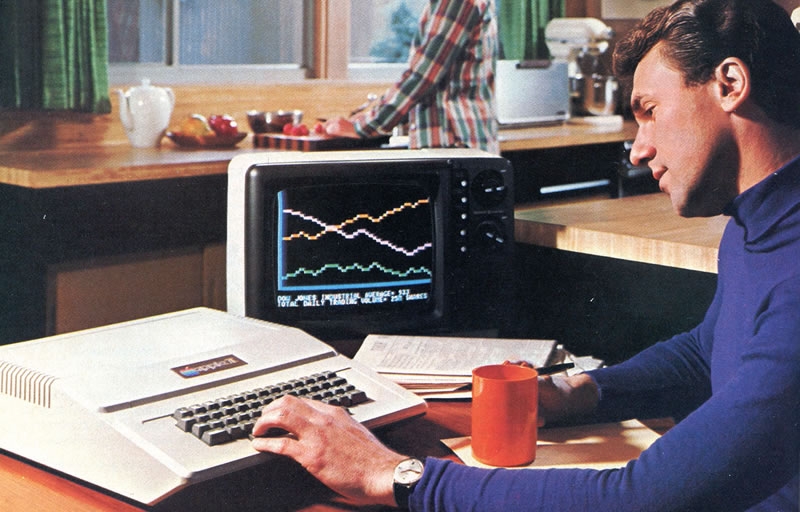Initial development of the 8080 didn't start until mid-1972, some six months after Federico Faggin began lobbying Intel's management for its development. By this time, the potential microprocessor markets had started to present themselves. Computers were still seen as an expensive business and research tool, and the markets for a new generation of relatively inexpensive personal machines and industrial controllers didn't exist.
While initial development had been delayed, Intel's primary competitor, Motorola's 6800, also had its share of issues. Intel had a new market mostly to itself. The remaining parts of the puzzle, an operating system and consumer-friendly packaging, were also taking their first steps.
This is the second installment in a five part series, where we look at the history of the microprocessor and personal computing, from the invention of the transistor to modern day chips powering our connected devices.
